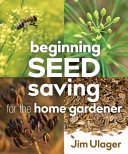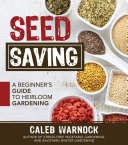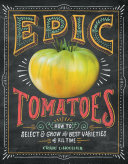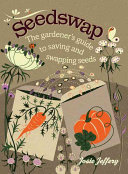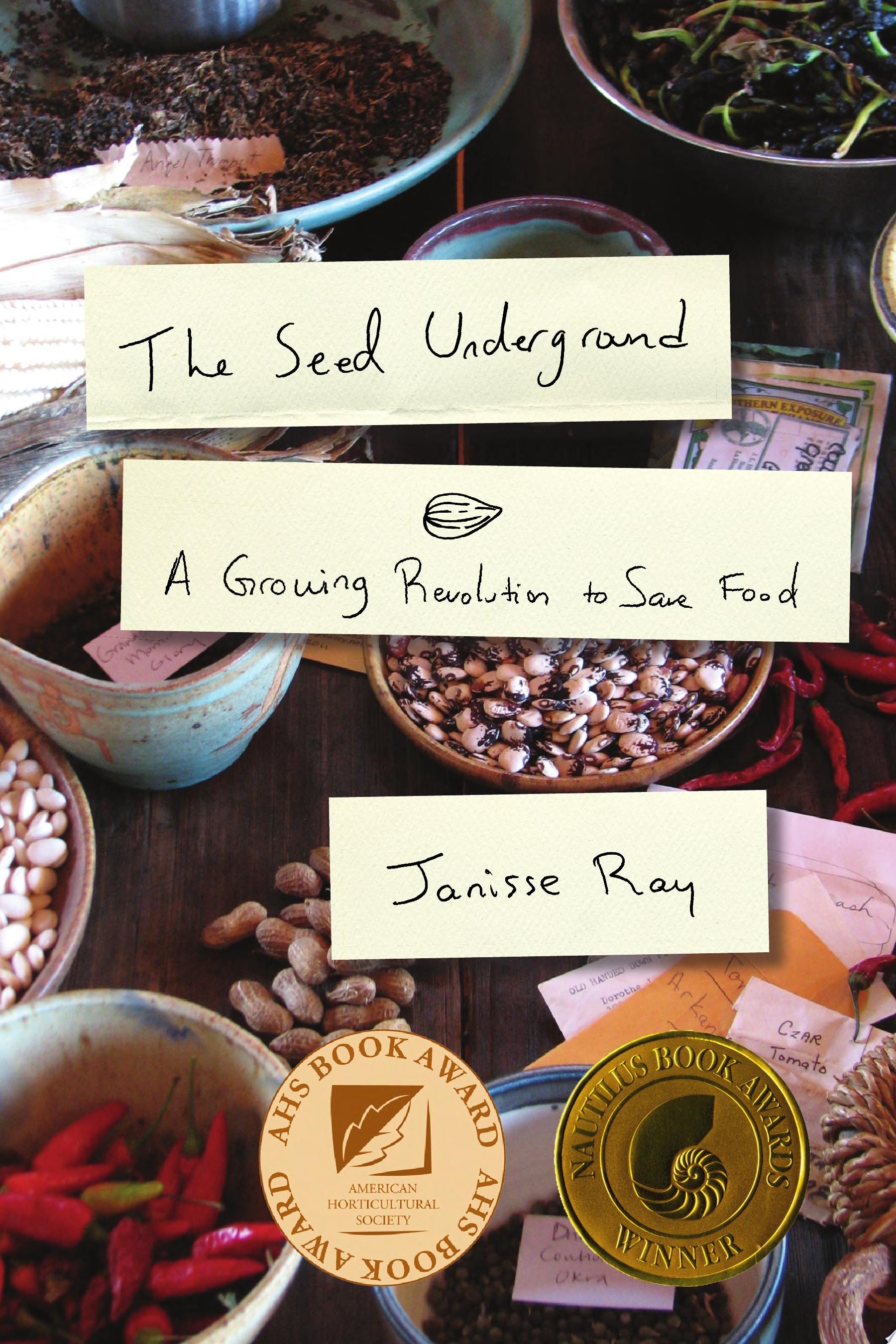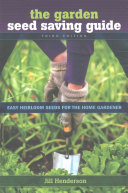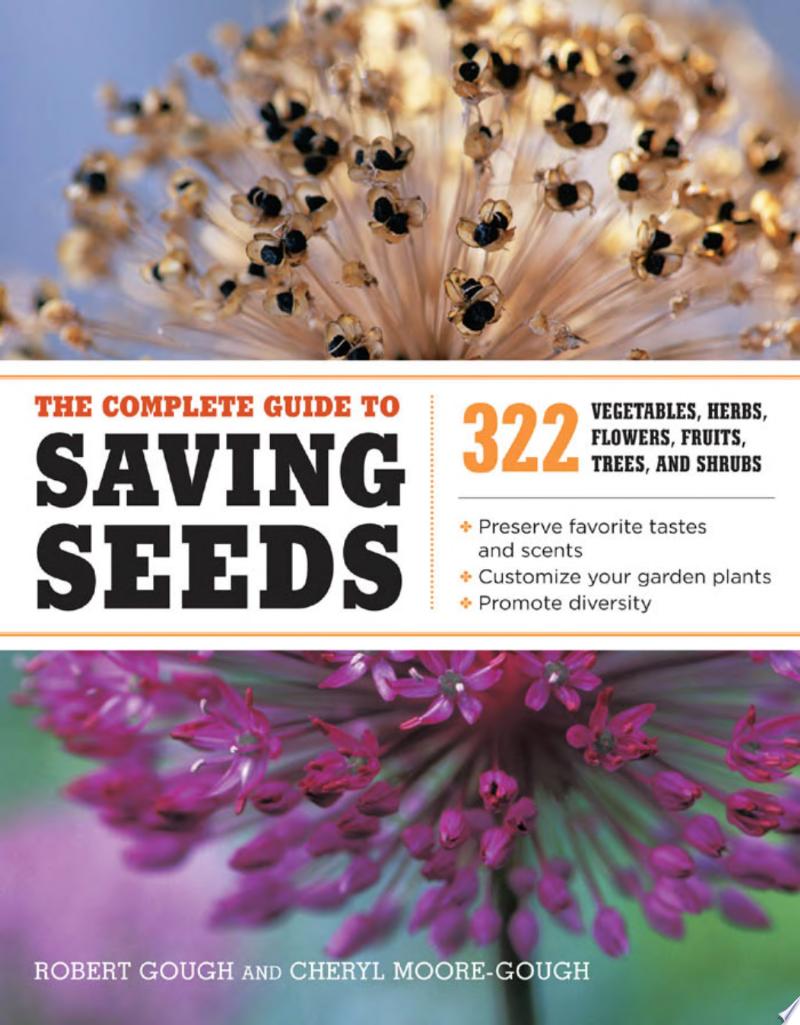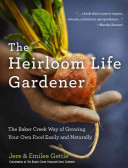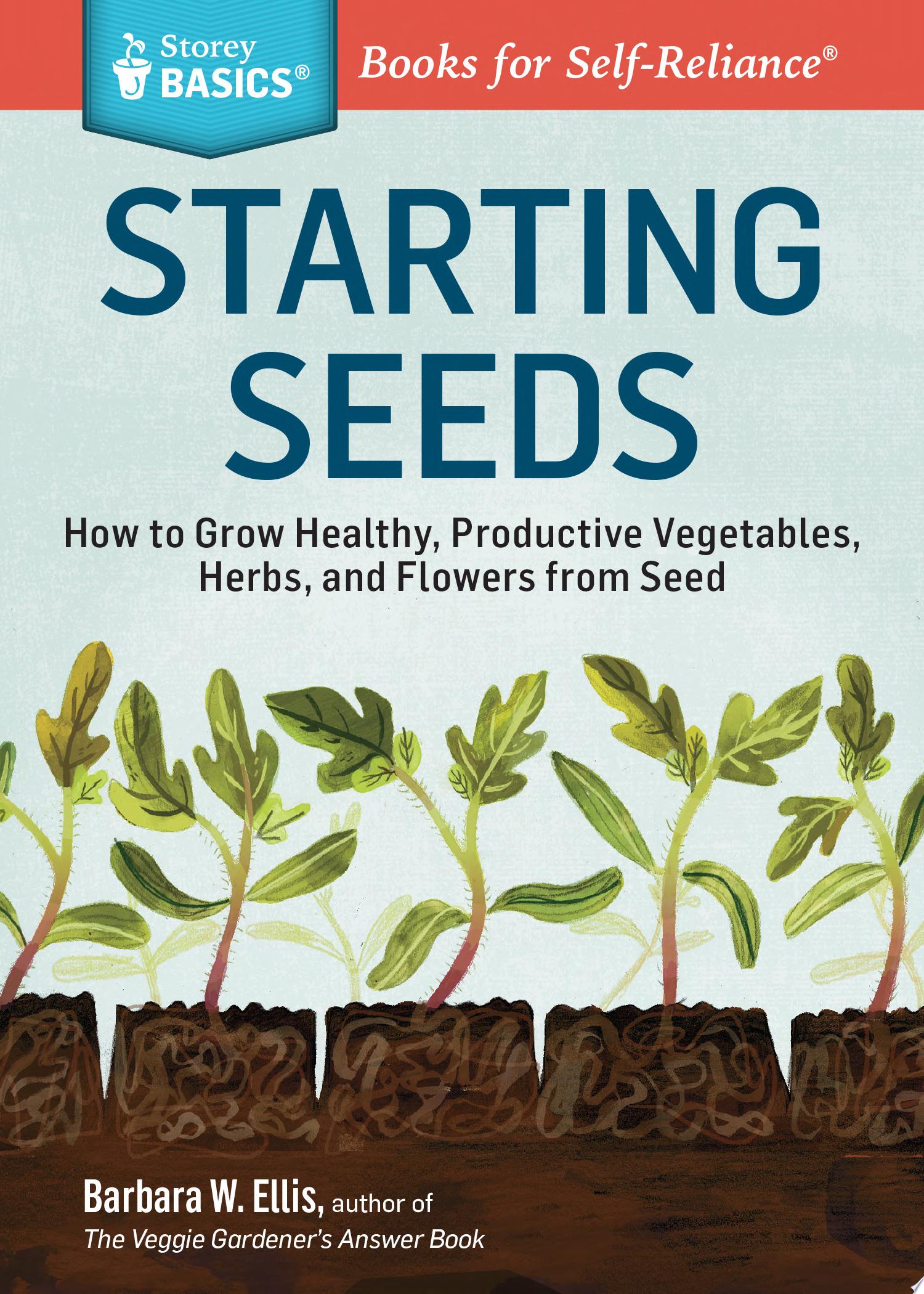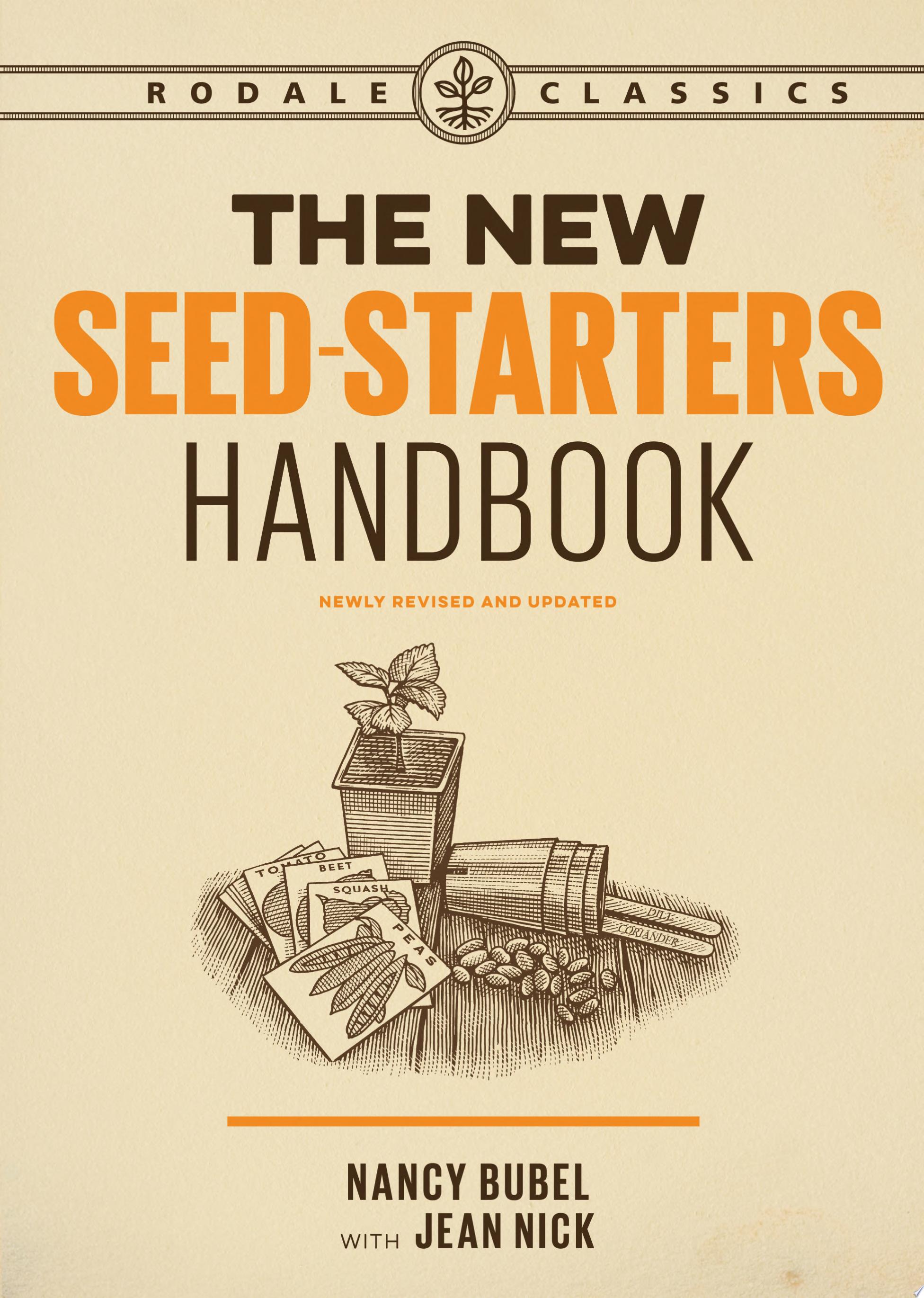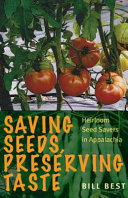List
Beginning Seed Saving for the Home Gardener
James Ulager
How home gardeners with limited time and garden space can reclaim the joy and independence of seed saving
Beginning Seed Saving for the Home Gardener explores how seed saving is not only easier than we think, but that it is essential for vibrant, independent, and bountiful gardens.
Many home gardeners refuse to eat a grocery store tomato, but routinely obtain seeds commercially, sometimes from thousands of miles away. And while seed saving can appear mysterious and intimidating, even home gardeners with limited time and space can experience the joy and independence it brings, freeing them from industry and the annual commercial seed order.
Coverage includes:
- Why seed saving belongs in the home garden
- Principles of vegetative and sexual reproduction
- Easy inbreeding plants, including legumes, lettuce, tomatoes, and peppers
- Plants with a few more challenges, including squash, spinach, onions, and parsley
- Brief discussion of more difficult crops, including corn, carrots, and cabbage.
Written by a home seed saver for the home seed saver, Beginning Seed Saving for the Home Gardener is a comprehensive guide for those who want to reclaim our seed heritage, highlighting the importance of saving seeds for you, your neighbors, and most importantly, subsequent generations.
Seed Saving
Caleb Warnock
Seed saving guru Caleb Warnock guides you through the process of saving your own seeds and cultivating a garden all your own. Discover the secrets to saving seeds from more than thirty vegetable varieties, from brussels sprouts to sunchokes and everything in between. He explains
• The difficulty level of saving that kind of seed.
• Which other varieties will cross-pollinate with the seed.
• The minimum number of plants you’ll need for a good seed crop.
• How to harvest the seeds and make them usable.
Use this guide to become a more self-sustaining gardener and create a wealth of seeds your family can use for years to come!
Epic Tomatoes
Craig LeHoullier
Savor your best tomato harvest ever! Craig LeHoullier provides everything a tomato enthusiast needs to know about growing more than 200 varieties of tomatoes, from planting to cultivating and collecting seeds at the end of the season. He also offers a comprehensive guide to various pests and tomato diseases, explaining how best to avoid them. With beautiful photographs and intriguing tomato profiles throughout, Epic Tomatoes celebrates one of the most versatile and delicious crops in your garden.
Seedswap
Josie Jeffery
An illustrated introduction to saving seeds—how to harvest seeds from your own garden, set up a seed library to share with your community, and grow plants from your own seed stash. With a directory of plants and easy-to-follow instructions, this is the perfect book for first-time gardeners.
In an exciting introduction to the global seed-swapping movement, passionate seed activist Josie Jeffery explores why we should care about our plant heritage and, most importantly, explains how to do it. With an invaluable directory of all the best seeds to swap and save, Seedswap provides all the tools you need to start your very own growing revolution.
This book covers the what, who, and whys of seed swapping and seed saving. It advises where to start and how to get involved with the worldwide horticultural campaign to "save our seeds." The work of seed activist individuals and groups is highlighted with inspirational tips and tales, and there is insight into the practices of major seed companies and how this has affected seed diversity, as well as how "seed breeding" affects the future of plants. The work of seed collections and seed banks is explored, and advice is given on how to collect, clean, store, preserve, and raise seeds. The second part of the book contains an extensive plant directory, which is full of advice on how to grow plants from "seed to seed."
Contents
Foreword by Alan Philips, Seedy Sunday
Introduction by Andy Jackson, Kew
1. Seed Swapping
2. An Introduction to Seeds
3. The Benefits of Swapping
4. Sourcing and Saving Seeds
5. Seed Banks
6. Create a Seed Bank
7. Raising Seeds
Seed Directory
Seedswap Troubleshooter
Seed Libraries
Glossary
Index
The Seed Underground
Janisse Ray
There is no despair in a seed. There's only life, waiting for the right conditions-sun and water, warmth and soil-to be set free. Everyday, millions upon millions of seeds lift their two green wings.
At no time in our history have Americans been more obsessed with food. Options- including those for local, sustainable, and organic food-seem limitless. And yet, our food supply is profoundly at risk. Farmers and gardeners a century ago had five times the possibilities of what to plant than farmers and gardeners do today; we are losing untold numbers of plant varieties to genetically modified industrial monocultures. In her latest work of literary nonfiction, award-winning author and activist Janisse Ray argues that if we are to secure the future of food, we first must understand where it all begins: the seed.
The Seed Underground is a journey to the frontier of seed-saving. It is driven by stories, both the author's own and those from people who are waging a lush and quiet revolution in thousands of gardens across America to preserve our traditional cornucopia of food by simply growing old varieties and eating them. The Seed Underground pays tribute to time-honored and threatened varieties, deconstructs the politics and genetics of seeds, and reveals the astonishing characters who grow, study, and save them.
The Garden Seed Saving Guide
Jill Henderson
At a time where commercial forces have increased control over the food supply by patenting seeds with genetically modified organisms (GMOs), seed saving has become an important skill to encourage and share. Longtime organic gardener Jill Henderson explains how preserving open-pollinated and heirloom garden seeds from one season to the next will not only save gardeners money but will also increase their self-sufficiency and help them maintain a naturally diverse gene pool of food plants. Here are some of the many "insider tips" you'll discover: which seeds are easiest to save, why saving seeds preserves genetic diversity, easy hand-pollination techniques for beginners, the right way to harvest, clean, and store seeds at home, how to save hundreds of seed varieties from only seven crop types, how to ensure seed viability and test germination rates, and ways to keep seeds from cross-pollinating. Armed with these simple tips and instructions, anyone with a green thumb will find seed saving easy and rewarding.
The Complete Guide to Saving Seeds
Robert Edward Gough
Enjoy your favorite varieties of garden plants year after year with this comprehensive guide to gathering, preparing, and planting seeds. Authors Robert Gough and Cheryl Moore-Gough provide simple instructions that clearly explain the whole process, from basic plant biology to proper seed storage and successful propagation. Gardeners of any experience level will find all the information they need to preserve genetic diversity, cut costs, and extend the life of their favorite plants to the next generation and beyond.
The Heirloom Life Gardener
Jere and Emilee Gettle
Tired of genetically modified food every day, Americans are moving more toward eating natural, locally grown food that is free of pesticides and preservatives-and there is no better way to ensure this than to grow it yourself. Anyone can start a garden, whether in a backyard or on a city rooftop; but what they need to truly succeed is The Heirloom Life Gardener, a comprehensive guide to cultivating heirloom vegetables.
In this invaluable resource, Jere and Emilee Gettle, cofounders of the Baker Creek Heirloom Seed Company, offer a wealth of knowledge to every kind of gardener-experienced pros and novices alike. In his friendly voice, complemented by gorgeous photographs, Jere gives planting, growing, harvesting, and seed saving tips. In addition, an extensive A to Z Growing Guide includes amazing heirloom varieties that many people have never even seen. From seed collecting to the history of seed varieties and name origins, Jere takes you far beyond the heirloom tomato. This is the first book of its kind that is not only a guide to growing beautiful and delicious vegetables, but also a way to join the movement of people who long for real food and a truer way of living.
Heirloom Plants
Thomas Etty
It's nearly impossible for gardeners to resist the allure of heirloom plants. Their names alone sound inviting--Flanders Purple kale, Golden Marconi sweet peppers, Moon & Stars watermelons, Turk's Turban squash, Scarlet Emperor running beans, and Jefferson plums--and many growers claim that their taste is unsurpassed. Beyond the classic appeal, however, lies the far more important issue of biodiversity. Unless these unique seeds are grown and saved, they will not only be forgotten, but lost forever. Based on the extensive seed catalogs of Thomas Etty, the popular heirloom seedsman, Heirloom Plants includes information on almost 500 exciting cultivars to be grown and harvested, along with detailed profiles and cultivation tips for each plant. In addition to edibles, the book also has chapters on antique herbs and flowers, from Cup and Saucer vines to Sweet William carnations to Empress of India nasturtiums. Trowel and book in hand, let your motto be, "Growing the past, saving the future."
Starting Seeds
Barbara W. Ellis
Get a jump on the gardening season! In this Storey BASICS® guide, Barbara Ellis provides the basic information that you need to start a variety of vegetables, herbs, and flowers from seed. Ellis shares simple, proven techniques for sowing seeds, managing indoor plants, and creating proper growing conditions so your seedlings can thrive. Packed with expert advice suitable for both beginners and experienced gardeners, Starting Seeds will inspire you to plant a seed and watch it grow.
The New Seed-Starters Handbook
Nancy Bubel
Starting plants from a seed grants earlier harvests, greater variety, healthier seedlings, lower costs, and the undeniable sense of satisfaction and reward.
For the most complete, up-to-date information on starting plants from seed, turn to The New Seed-Starter's Handbook. Written by a gardener with 30 years of experience, this updated, easy-to-use reference explains everything you need to know to start seeds and raise healthy seedlings successfully.
You'll find:
- The latest research in seed starting
- The best growing media
- The newest gardening materials
- Solutions to seed-starting problems
- Source lists for seeds and hard-to-find gardening supplies
The robust encyclopedia section lists more than 200 plants—including vegetables and fruits, garden flowers, wildflowers, herbs, trees, and shrubs—with details on how to start each from seed.
Saving Seeds, Preserving Taste
Bill Best
The Brown Goose, the White Case Knife, Ora’s Speckled Bean, Radiator Charlie’s Mortgage Lifter — these are just a few of the heirloom fruits and vegetables you’ll encounter in Bill Best’s remarkable history of seed saving and the people who preserve both unique flavors and the Appalachian culture associated with them. As one of the people at the forefront of seed saving and trading for over fifty years, Best has helped preserve numerous varieties of beans, tomatoes, corn, squashes, and other fruits and vegetables, along with the family stories and experiences that are a fundamental part of this world. While corporate agriculture privileges a few flavorless but hardy varieties of daily vegetables, seed savers have worked tirelessly to preserve genetic diversity and the flavors rooted in the Southern Appalachian Mountains — referred to by plant scientists as one of the vegetative wonders of the world.
Saving Seeds, Preserving Taste will introduce readers to the cultural traditions associated with seed saving, as well as the remarkable people who have used grafting practices and hand-by-hand trading to keep alive varieties that would otherwise have been lost. As local efforts to preserve heirloom seeds have become part of a growing national food movement, Appalachian seed savers play a crucial role in providing alternatives to large-scale agriculture and corporate food culture. Part flavor guide, part people’s history, Saving Seeds, Preserving Taste will introduce you to a world you’ve never known — or perhaps remind you of one you remember well from your childhood.
